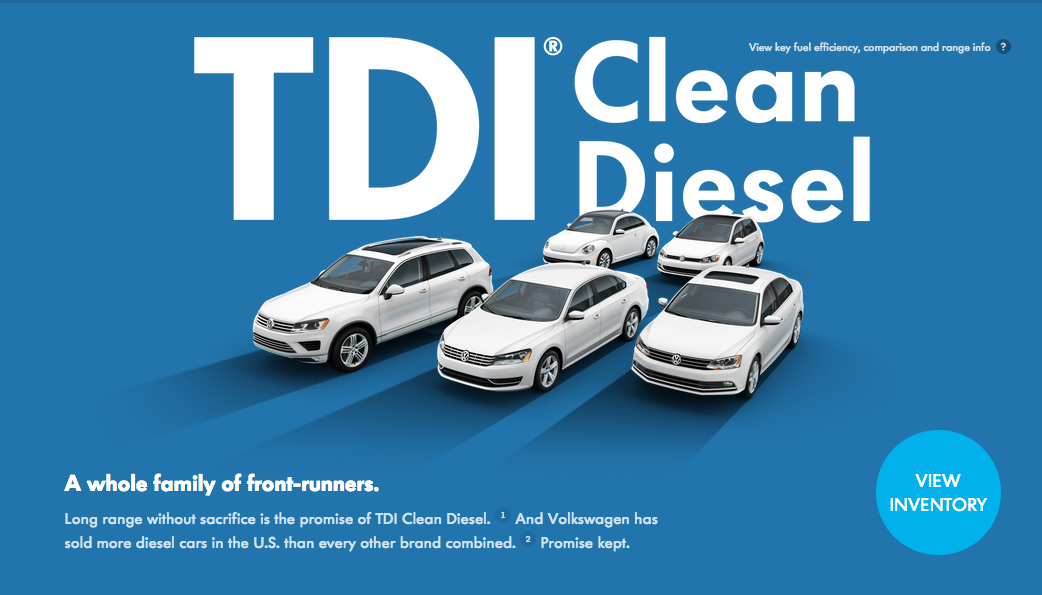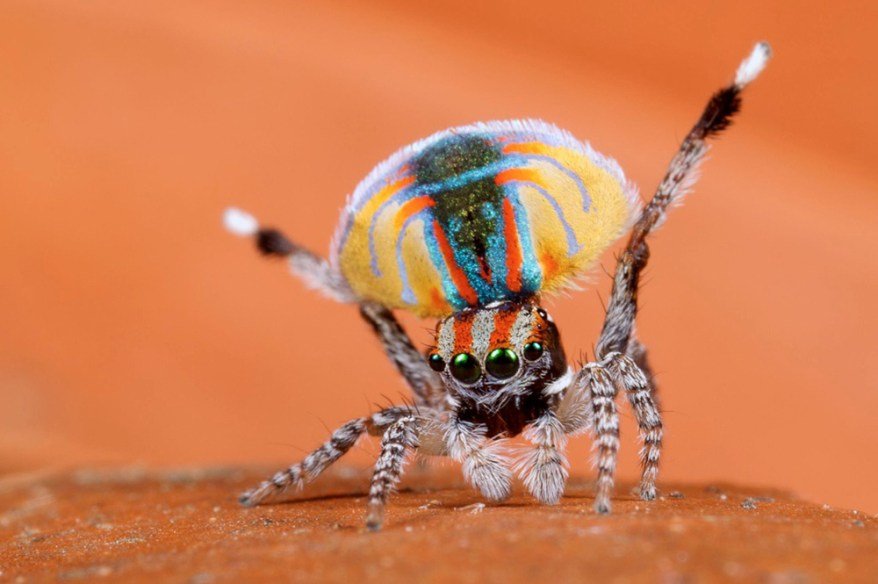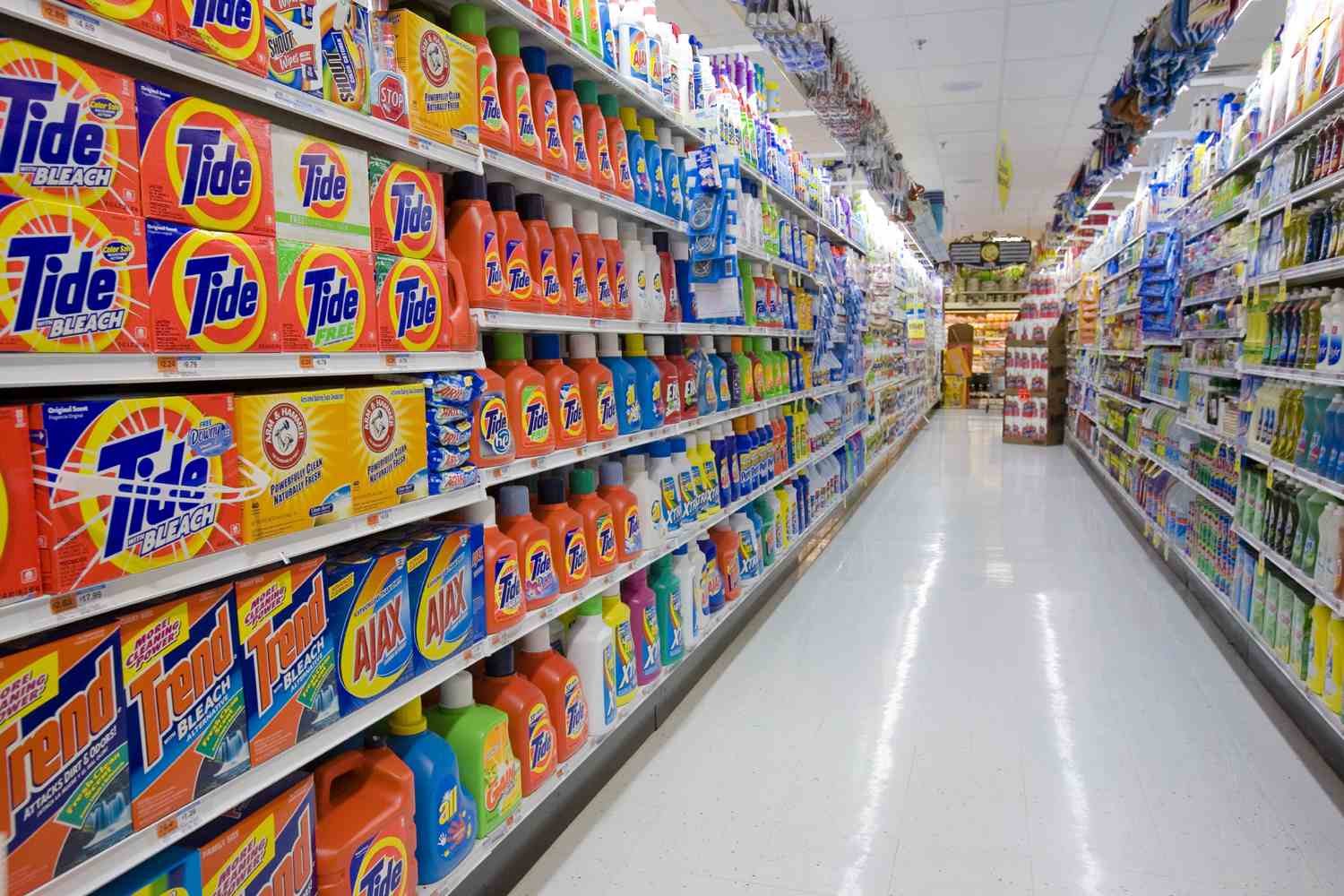Advertising is viewed as a dirty marketing for numerous reasons. Thanks to the fake promotion of snake oil claiming that it would cure rheumatism. I always thought advertising was wicked, superficial things that marketing people wanted us to buy even though they were not a necessity.

Though, there is without a doubt a lot of fake relief charisma. Organizations sometimes hide the facts now and again, inside and out, pure deception.
 As of late, for instance, Volkswagen ran a massive ad campaign about their “perfect diesel” motors. But, in reality they were modifying the microchips in their vehicles to fool discharge tests into believing they were spotless diesel, whereas, in actuality they would give out ten fold the number of toxins out on the streets. That is Evil.
As of late, for instance, Volkswagen ran a massive ad campaign about their “perfect diesel” motors. But, in reality they were modifying the microchips in their vehicles to fool discharge tests into believing they were spotless diesel, whereas, in actuality they would give out ten fold the number of toxins out on the streets. That is Evil.
Presently, not all advertising looks evil. Some is motivating, some is sincere, and some is outright engaging.
However, advertising is everywhere around us, abundant in Mother Nature.
Now, consider American Elk (member of Deer family), which are truly enormous: grown-up guys can weigh up to 800lb.
 To prepare for the mating season in the fall, they grow exceptional antlers (horns), which can weigh up to 40lb. That is 40lb of bone they need to develop in only three months. Antlers are utilized to battle off other male members and attract females. So, antlers are nothing but advertising its strength.
To prepare for the mating season in the fall, they grow exceptional antlers (horns), which can weigh up to 40lb. That is 40lb of bone they need to develop in only three months. Antlers are utilized to battle off other male members and attract females. So, antlers are nothing but advertising its strength.
What is more, elk are not the only one: pretty much every species on the planet does a promotion.
 The Australian peacock spider’s tremendous, wonderful tail quills are advertising to females for love making.
The Australian peacock spider’s tremendous, wonderful tail quills are advertising to females for love making.
 Those enormous bright flower petals are advertising to pollinators (insects or birds) that there’s some dust or nectar available.
Those enormous bright flower petals are advertising to pollinators (insects or birds) that there’s some dust or nectar available.
 The Western Diamondback’s (snake) clatter noise says, “In the event that you attempt to eat me, I will murder you.”
The Western Diamondback’s (snake) clatter noise says, “In the event that you attempt to eat me, I will murder you.”
So wherever you look, creatures and plants are advertising to one another. In any case, why? Why burn through such a great amount of effort on tusks and quills and blossoms and clatters?
The clarification originates from seeing the circumstance from the “buyer’s” perspective. What female elk truly needs in a mate are acceptable qualities like good genes. However, such qualities are undetectable, so they utilize their well built horns as an example of good genes. What pollinators need is nutritious food, yet supplement quality is unnoticeable, so they utilize the bloom petals as a sign. The toxic substances in venom are not obvious, so predators utilize the clatter as a warning sign. So, you see, what is utmost important is not obvious, so they utilize what is noticeable to showcase what they have.
The same holds true with us. What qualities makes people stand out from others are the traits: brave, trustworthy, caring, loyal, intelligent. All invisible qualities. So, we utilize our garments and vehicles and watches to attempt to represent our qualities.
A Wall Street financier will wear an Italian suit and a major Rolex to represent he’s brilliant and extreme and great with cash.

An environment professor will wear baggy freight jeans and sun caps to show he’s a researcher and a topic master. Neither the financier nor the professor is”shallow”. Actually, they are simply attempting to represent various characteristics and potentials utilizing various images that convey the correct message to their “purchasers”.
Neither the financier nor the professor is”shallow”. Actually, they are simply attempting to represent various characteristics and potentials utilizing various images that convey the correct message to their “purchasers”.
This happens when we’re purchasing things too. While standing in the detergent aisle at the supermarket, what we are looking for is a cleanser that will get the stains out of our garments. Since, this cleansing property is invisible, we just go by the packaging and the claims on it, which is nothing but a way of advertising.

 Similarly, you cannot tell whether natural, confine free eggs are more beneficial than ordinary eggs by just taking a look at them; what differentiates them is again undetectable. Therefore, we utilize the advertisements to figure.
Similarly, you cannot tell whether natural, confine free eggs are more beneficial than ordinary eggs by just taking a look at them; what differentiates them is again undetectable. Therefore, we utilize the advertisements to figure.
Advertising is no different than what we see in our surroundings, as common as blooming flowers and as helpful as a snake’s rattle. So, advertising is not bad, but half truths and lies in it are. Just like we need to get rid of the sin and not the sinners. Likewise, we need to throw out bad advertising but not advertising as a whole.


